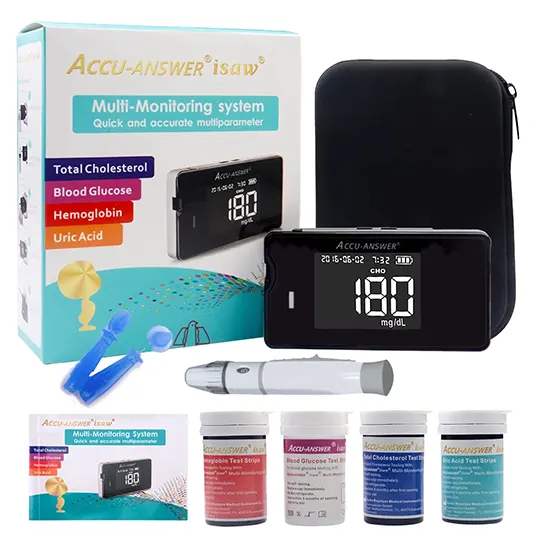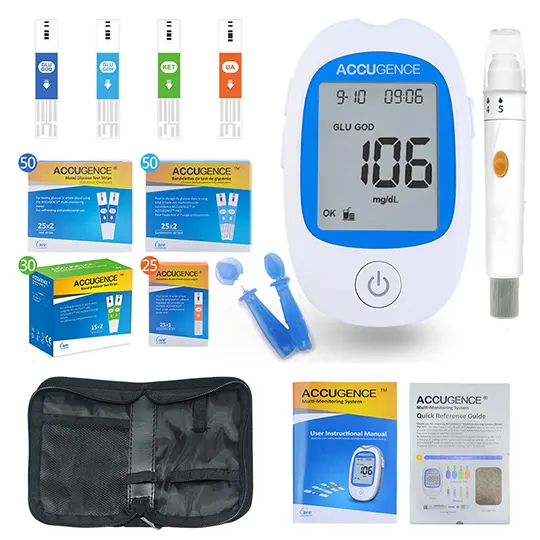Dosing and uses of Engerix B, Heptavax B (hepatitis b vaccine)
Adult dosage forms and strengths
IM suspension (adult formulation)
- 10mcg/mL (Recombivax HB)
- 20mcg/mL (Engerix B)
- 40mcg/mL (Recombivax HB [dialysis formulation])
Hepatitis B vaccination
Engerix B: 1 mL (20 mcg) IM at 0, 1, and 6 months
Recombivax HB: 1 mL (10 mcg) IM at 0, 1, and 6 months
Adults receiving dialysis or other immunocompromising conditions
- Recombivax HB (40 mcg/mL): 40 mcg IM at 0, 1, and 6 months, OR
- Engerix-B (20 mcg/mL): 40 mcg IM at 0, 1, and 6 months
Adults with diabetes mellitus
- CDC ACIP guidelines recommends immunization with hepatitis B vaccine for all unvaccinated adults with diabetes mellitus through age 59 years
- Persons with diabetes are at increased risk of hepatitis B infection
- Diabetics who 60 years or older at the discretion of the treating clinician based on increased need for assisted blood glucose monitoring in long-term care facilities, likelihood of acquiring hepatitis B infection, its complications or chronic sequelae, and likelihood of immune response to vaccination
- Vaccination for older unvaccinated diabetic patients may be done at the physician's discretion MMWR Dec 23, 2011/Vol 60(50);1709-11
Dosing Considerations
Routine immunization against hepatitis B; also protects against hepatitis D which always occurs in the presence of hep B
Targeted groups that should receive HepB vaccination series include:
Sexually active persons who are not in a long-term, mutually monogamous relationship persons seeking evaluation or treatment for a sexually transmitted disease (STD); current or recent injection-drug users; and men who have sex with men
Health-care personnel and public-safety workers who are potentially exposed to blood or other infectious body fluids
Persons with diabetes
Persons with end-stage renal disease, including patients receiving hemodialysis; persons with HIV infection; and persons with chronic liver disease
Household contacts and sex partners of hepatitis B surface antigen-positive persons; clients and staff members of institutions for persons with developmental disabilities; and international travelers to countries with high or intermediate prevalence of chronic HBV infection
All adults in the following settings: STD treatment facilities; HIV testing and treatment facilities; facilities providing drug-abuse treatment and prevention services; health-care settings targeting services to injection-drug users or men who have sex with men; correctional facilities; end-stage renal disease programs and facilities for chronic hemodialysis patients; and institutions and nonresidential daycare facilities for persons with developmental disabilities
Administration
Administer IM in deltoid muscle
Do not give IV/intradermaL
Additional Information
Up-to-date vaccination schedules available at https://www.cdc.gov/vaccines/schedules/hcp/index.htmL
Pediatric dosage forms and strengths
IM suspension (pediatric/adolescent formulations)
- 5mcg/0.5mL (Recombivax HB)
- 10mcg/0.5mL (Engerix B)
Hepatitis B vaccination
Routine vaccination
- First dose: Administer first dose to all newborns before hospital discharge
- Infants born to HBsAg-positive mothers: 0.5 mL IM within 12 hr of birth PLUS hepatitis B immune globulin (HBIG); test for HBsAg and antibody to HBsAg (anti-HBs) 1-2 months after completion of hepatitis B vaccination series, at age 9 through 18 months
- Mother's HBsAg status unknown: 0.5 mL IM within 12 hr of birth PLUS give HBIG if newborn wt <2 kg; determine mother's HBsAg status as soon as possible and, if she is HBsAg-positive, also administer HBIG for infants weighing 2 kg or more (no later than age 1 week)
- Second dose: Administered at age 1-2 months Monovalent HepB vaccine should be used for doses administered before age 6 weeks
- Infants who did not receive a birth dose should receive 3 doses of a HepB-containing vaccine on a schedule of 0, 1 to 2 months, and 6 months starting as soon as feasible
- Minimum interval between dose 1 and dose 2 is 4 weeks, and between dose 2 and 3 is 8 weeks
- Final (3rd or 4th) dose in the HepB vaccine series should be administered no earlier than age 24 weeks, and at least 16 weeks after the first dose
- A total of 4 doses of HepB vaccine is recommended when a combination vaccine containing HepB is administered after the birth dose
Catch-up vaccination
- Unvaccinated children should complete a 3-dose series
- Children aged 11-15 years: 2-dose series (doses separated by at least 4 months) of adult formulation Recombivax HB is licensed for use in children aged 11 through 15 years
Administration
Administer in deltoid muscle for older children and adolescents; anterolateral thigh preferred for neonates/infants/small children
Do not give IV/intradermaL
Engerix B, Heptavax B (hepatitis b vaccine) adverse (side) effects
Suspected adverse events after administration of any vaccine may be reported to Vaccine Adverse Events Reporting System (VAERS), 1-800-822-7967
>10%
Pain (10-29%)
Pruritus (10-29%)
Erythema (10-29%)
Burning (10-29%)
Nodules (10-29%)
Fatigue (15%)
Headache (15%)
Fever (15%)
Vertigo (15%)
1-10%
Lightheadedness
Flushinig
Insomnia
Irritability
Arthralgia
Constipation
Pruritus
Lupus-like syndrome
Lymphadenopathy
Tachycardia
Warnings
Contraindications
Hypersensitivity to yeast
Cautions
Not protective against hepatitis A, C, or e
Gluteal muscle not recommended
Heptavax B (plasma-derived) no longer used in the Us
Pregnancy and lactation
Pregnancy category: C
Lactation: not known if excreted in breast milk
Pregnancy categories
A: Generally acceptable. Controlled studies in pregnant women show no evidence of fetal risk.
B: May be acceptable. Either animal studies show no risk but human studies not available or animal studies showed minor risks and human studies done and showed no risk.
C: Use with caution if benefits outweigh risks. Animal studies show risk and human studies not available or neither animal nor human studies done.
D: Use in LIFE-THREATENING emergencies when no safer drug available. Positive evidence of human fetal risk.
X: Do not use in pregnancy. Risks involved outweigh potential benefits. Safer alternatives exist.
NA: Information not available.
Pharmacology of Engerix B, Heptavax B (hepatitis b vaccine)
Mechanism of action
Hepatitis B surface antigen (HBsAg) which stimulates active immunity
Duration: not established
Excretion: not established
These products convey active immunity via stimulation of production of endogenously produced antibodies
The onset of protection from disease is relatively slow, but duration is long lasting (years)



